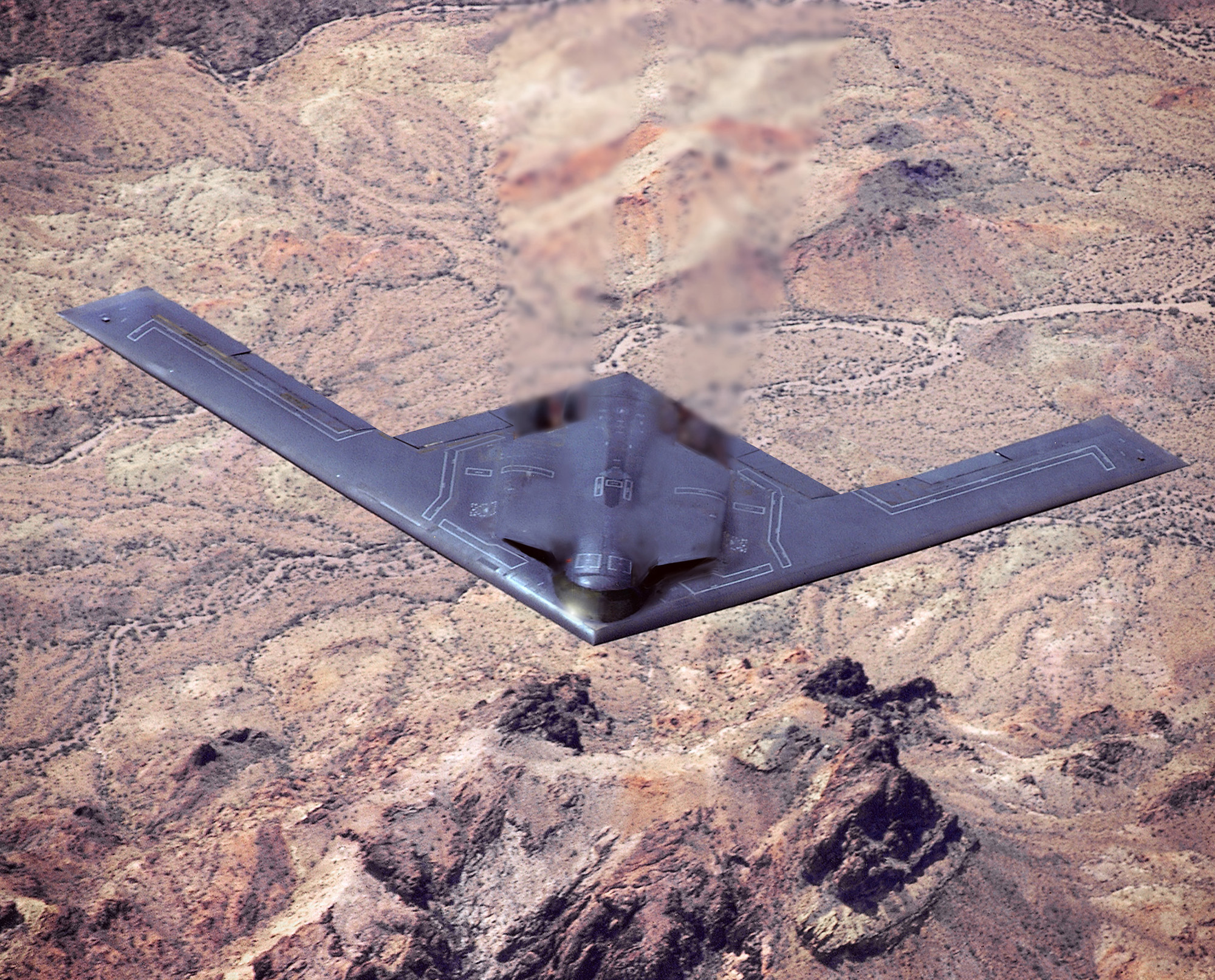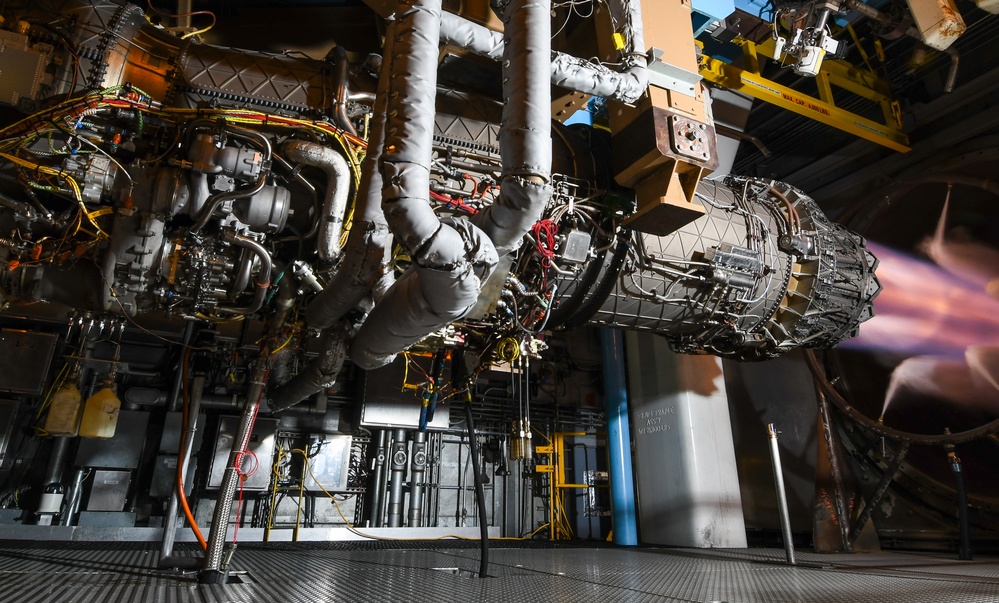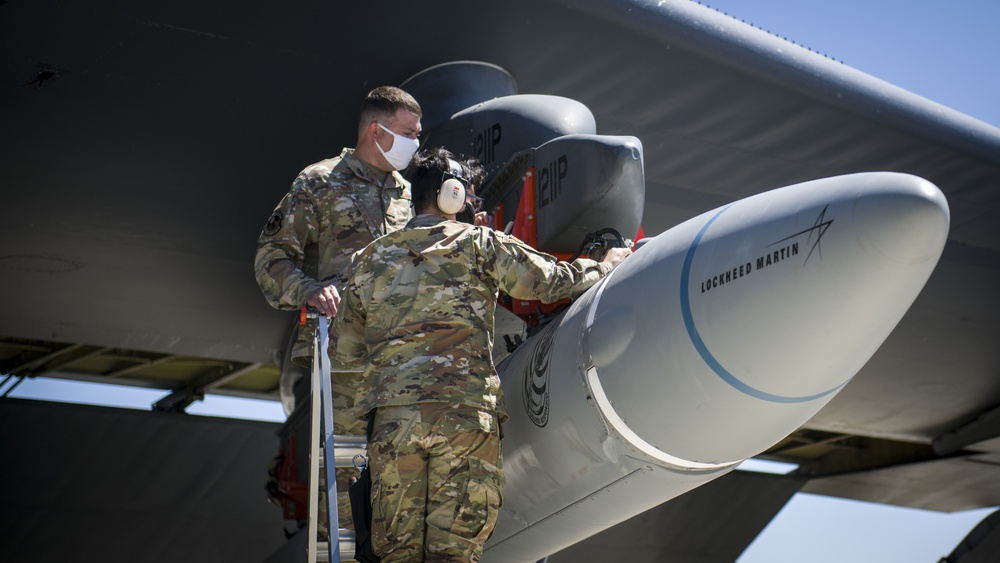The Senate Armed Services subcommittee on strategic forces heard testimony from the Defense Department’s top missile defense leaders May 18 and demanded to know why the Missile Defense Agency’s proposed $9.6 billion fiscal 2023 budget will not yield more reliable defense against hypersonic weapons already being fielded by adversaries, including Russia on the battlefield in Ukraine.
The leaders of U.S. Northern Command and the Missile Defense Agency along with the assistant secretary of defense for space policy and others took turns explaining how DOD plans to scale up testing of lasers and other forms of directed energy to counter ballistic missile, cruise missile, and hypersonic missile threats while they optimistically spoke of 2027 for a potential “earlier” delivery of the Next Generation Interceptor (NGI). Instead, defense leaders said the military relies on risky terminal-phase interceptors and new space sensors that will provide “fire control quality” data to weapons.
“Fire what? What are we firing?” subcommittee chair Sen. Angus King (I-Maine) asked MDA director Vice Adm. Jon A. Hill, underscoring the fact that no adequate interceptor yet exists.
“I am gravely concerned about the strategic change in the whole scene of battle that hypersonics represent,” King said. “I want a sense of urgency.”
Hill said the fiscal 2023 budget request calls for $2.8 billion for the NGI and said two contractors are ahead of schedule and may deliver in 2027, before the 2028 planned fielding.
Sen. Deb Fisher (R-Neb.) echoed the chairman’s concern.
“I get really nervous when I hear dates like 2028 for something, and we’re pleased that it’s 2027,” she said. “How are we going to condense the time period and maybe have to accept more risk?”
Hill emphasized that the MDA is “not starting from zero” on hypersonics defense.
“There’s work that’s being done now in that architecture. So, decisions can be made early for that proliferation and planning,” he said.
But Hill admitted that the best defense against a hypersonic weapon remained the Sea-Based Terminal capability fielded by the Navy aboard ships.
“We have an ability with SM-3 [missiles] in the upper tier to take out that threat,” he said, but he admitted that missile defense against hypersonic weapons needs to move “away from the terminal area.”
The terminal phase of a hypersonic weapon’s trajectory is when it descends from a roughly 50 kilometer cruise altitude to its target at a speed of approximately Mach 10, while maneuvering to avoid defenses.
“You have to defend there, but [it] is the most difficult place to engage because you really don’t know where terminal is going to be because it is maneuvering, and it is high speed,” Hill said.
Rather, he highlighted fiscal 2023 investment in the Glide Phase Interceptor, for which DOD will select one of three contractors to develop a system that can target hypersonic weapons in the more vulnerable cruise phase, when the weapon is gliding at about 40 kilometers to 60 kilometers in altitude with the ability to maneuver to evade detection.
Again, King challenged the MDA director on when the capability will be fielded.
“We’re moving towards a demo over the next few years,” Hill said.
Hill made note of another item in the fiscal 2023 request to help address the threat of hypersonic weapons—the $89 million deployment of two satellites to support the Hypersonic and Ballistic Tracking Space Sensor, or HBTSS, that will provide fire control data to weapons.
Directed energy was also discussed as a potential solution to the growing missile threats posed by great power adversaries and rogue nations.
“Directed energy, a defense-specific technology, is a key critical technology area we are developing to counter a wide variety of current and emerging threats,” Deputy Undersecretary of Defense for Research and Engineering David Honey said in his opening statement.
Honey said the scope of efforts will allow directed energy to counter cruise missiles in the near term; hypersonic missiles in the near and medium terms; and ballistic missiles in the long term. Honey did not specify what he meant by the timeframes provided.
To do that, DOD’s research and engineering office is working to rapidly scale the power of directed energy.
“Countering hypersonic and ballistic missiles will require substantially more laser power,” he said. “R&E will begin scaling laser powers in fiscal year 2023 and is examining opportunities to accelerate the scaling significantly.”
Lawmakers and defense officials acknowledged Russia’s use of hypersonic weapons on the battlefield in Ukraine as a factor that normalizes the use of the weapon.
“Russia has fielded large numbers of long-range cruise missiles, including hypersonic missiles that can cause enormous damage to infrastructure [and] create strategic effects with conventional warheads,” NORTHCOM commander Gen. Glen D. VanHerck said in his opening comments.
While stressing the varied missile threats to the American homeland, VanHerck nonetheless gave an unclassified assessment about the effectiveness of Russia’s use of missiles on the battlefield in response to a question from Sen. Tommy Tuberville (R-Ala.).
VanHerck said DOD first assessed that the Russian missiles were not working as well as U.S. missiles but then determined that they are “on par” with U.S. capabilities.
“Not all of them—specifically their cruise missiles,” he said. “They’ve had challenges with some of their hypersonic missiles as far as accuracy,” he said.
“I would not take away from a strategic perspective that Russia’s cruise missiles, hypersonic missiles, their strategic capabilities, have severely underperformed.”
This story was updated at 1:53 p.m. May 19 to extend VanHerck’s remarks about Russian missiles.








